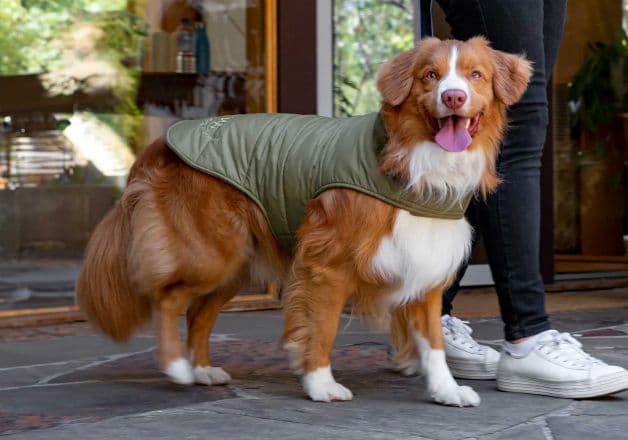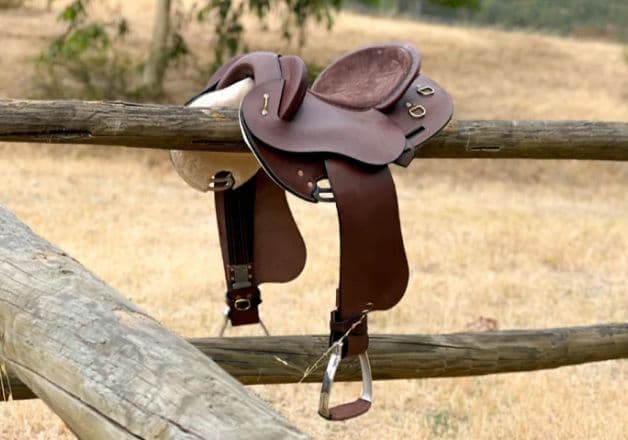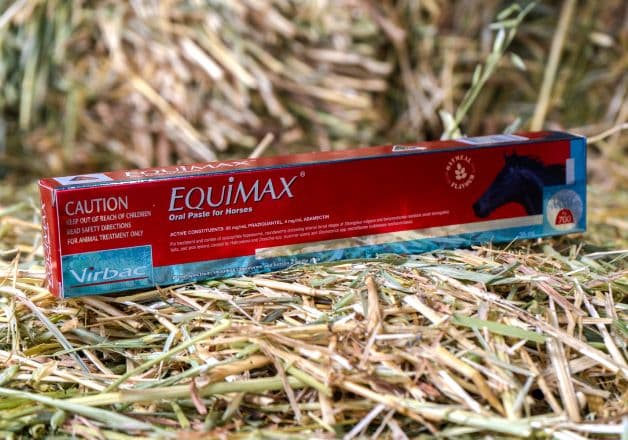
Cooling Horses After Exercise in Hot Weather
Cooling horses after exercise in hot weather is essential. Here's how to do it, and how to recognise the signs of heatstroke.
Here are some ways to help horse recovery after exercise in summer, how to recognise the signs of heatstroke and what to do if your horse overheats.
The natural rhythm of exercise
In the wild, horses have a natural process of warming up and cooling off. During colder weather, they boost their exercise rate to stay warm. They slow down in hot weather, seeking shade and water.
When it’s hot, horses naturally lose body heat through sweating and a process of evaporation. However, when you exercise your horse in hot weather, they can’t always cool themselves adequately. This means you need take responsibility for keeping your horse safe.
Prevention is better than cure
There are several things you can do to prevent your horse over-heating in warm weather.
- Schedule rides during the cooler parts of the day. Exercising during the early hours or late in the afternoon can shield your horse from the harsh sunlight. Avoid the hours between midday and 3pm.
- Change the kind of work you ask your horse to do. Avoid punishing workouts and hard gallops, choosing gentler trots and cantering instead.
- Ride in shadier places with wooded areas to protect your horse from the worst heat of the day.
- Give your horse frequent breaks, especially when the sun is at its strongest.
- Give your horse plenty of opportunity to drink cold but not ice-cold water, at regular intervals.
Cooling horses after exercise
Any kind of exercise in the Australian summer can upset your horse’s ability to self-regulate body temperature. So, what can you do to cool your horse in the gentlest, most effective way?
Spend the last few minutes of your ride at a gentle walk to cool your horse down. Once you've untacked, hose your horse off with cool water. Start from the feet then move up slowly.
If it is very windy, the horse can then dry off naturally. If not, scrape off the excess water. Otherwise, hot and still air will act as an insulator in the coat – quickly warming up the horse again. This process can be repeated several times until the horse cools down.
Make sure your horse has access to water so they can drink as needed.
Electrolytes can also help horse recovery after exercise in the same way they help us. Added to their feed or water, electrolytes can replace the essential salts lost through sweating.
A commercial-grade fan in the horse’s stable may also help to cool your horse down after exercise in hot weather.
Recognising the signs of heatstroke
Even with the best care, it's possible for your horse to overheat. Heatstroke can be fatal in horses, so it’s important to know the warning signs.
As RSPCA Victoria states, overweight, elderly or unfit horses are most at risk of the condition. However, any horse exercising in the extreme heat can be a victim.
Carry out regular checks on your horse during hot weather, regardless of whether it is exercising or loose in the paddock. If your horse wears a rug, make sure it is not too heavy for the conditions.
Signs of heatstroke include:
- Profuse sweating
- Failure to sweat (in extreme heatstroke)
- High respiration rate above 20 breaths per minute
- Rapid heart rate above 50 beats per minute
- Hot, dry skin that doesn’t return to normal when pinched
- High rectal temperature above 38c
- Lethargy or obvious distress
- Seek immediate veterinary advice if you see any of the above signs in your horse.
What to do if your horse overheats
Some horses will go on working during the summer months. Whether they are eventing, competing or taking tourists on scenic rides, they will go the extra mile when many other horses are taking it easy in the paddock.
If your horse is showing signs of heat stress:
- Move your horse to a shady place.
- Take temperature, heart rate and respiration rate. If temperature hasn’t fallen in 10 minutes, seek veterinary help.
- Hose cold water on the underside and lower quarters, tepid water on the back.
- Offer sips of tepid water (not too much).
- Set up fans a safe distance away, if possible.
Knowing how to keep your horse safe in hot weather is essential for every Australian horse owner. Happy holiday riding!


